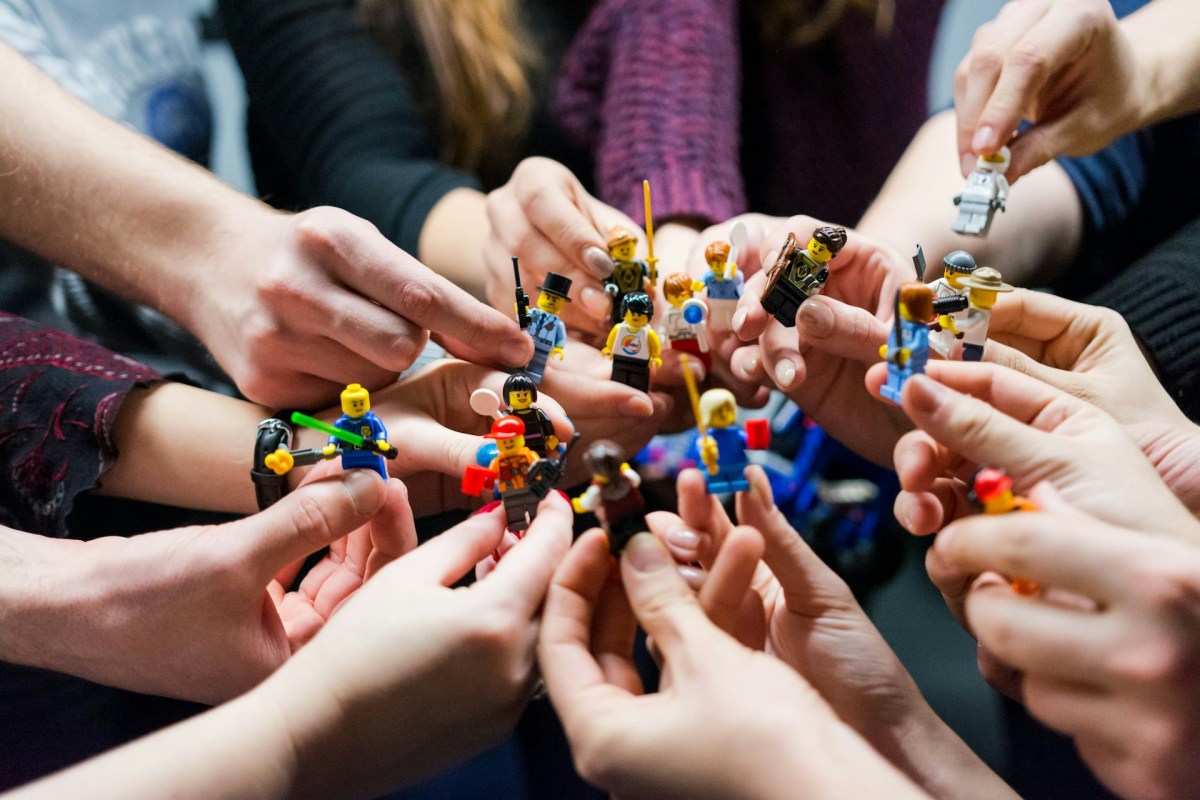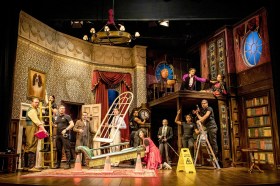It’s proven! The hands-on (and relatively mess-free) activity of stacking LEGO bricks has therapeutic benefits that can range from reliving stress and improving emotional well-being to helping children develop social communication skills.
LEGO-based therapy has been adopted by neuropsychologists and health professionals to facilitate sessions with people – adults and children – who are on the autism spectrum. Researchers have found that building LEGO can be an exercise in problem solving, planning and social interaction, with transferrable benefits in real-life situations.
There are different ways to make the most out of LEGO, whether you want to enjoy the process yourself, play with kids or work with people who are neurodiverse.
In this article:
Enjoying LEGO as an adult
Many may have experienced playing with LEGO bricks as a child, but seldom as an adult. One mistake that can be made when trying to get into LEGO again is to buy a massive set that is going to take hours of commitment, making it easy to lose interest and give up (as well as being unfriendly for the wallet).
Read: 20 creative habits to kickstart a productive day
Easy-going recommendations on LEGO’s website include tiny pot plants, a tranquil Japanese garden and floral wall art. Other suggestions are getting something under $50 (options include the retro camera, peacock, ukulele and more), or even looking through your local op shop for a bargain find.
For the more committed AFOL (Adult Fan of Lego) or those who want to get more creative, there are a plenty of forums and YouTube videos that teach you everything from alternative builds to one of a kind creations.
If you want to enjoy your LEGO in peace, however, make sure to also prepare some sets for the little ones, so they are not tempted to trample on your 30-hour creation.
Playing LEGO with children
In the UK, an organisation called Play Included runs a Brick-by-Brick program dedicated to facilitating positive experiences with young people through LEGO. It also offers online resources to help you try out activities at home.
Some of these depart from the regular build and stack activity, with games such as The Missing Brick that tests memory and observation skills, or Colour Collectors, an outdoor adventure that requires you to match bricks to the colour of your surroundings. Each activity comes with information and a set of instructions that can be tailored to individual needs; find them here.
If your young person enjoys your company rather than playing bricks solo, you can use prompts to encourage their critical thinking, such as asking them to make up a story around what they are building, or prompting them to integrate unused pieces in creative ways.
Read: The LEGO exhibition that ranked number one at 167-year-old museum
It’s also useful to set aside bricks for playing, versus bricks for displaying, so that the intention is clear to avoid tension if a piece goes missing or a perfect set gets destroyed later on. Also, children are bound to make mistakes along the way, but if they say they don’t need help, then it’s better to leave them to it. Here, the process matters just as much as the outcome – whether that turns out to be a pristine skyscraper or an abstract expressionist heap.
Here are more tips on building LEGO with kids for AFOLs.
LEGO-based therapy
Compared to enjoying LEGO by yourself or playing with a child, LEGO-based therapy is more systematic, with a clear range of goals. This isn’t necessarily more complex, but requires people to be attentive to details of the interaction as well as to how LEGO is integrated into the session.
LEGO-based therapy can promote social interaction, support self-esteem or act as a gateway to learn new concepts. For children and adults with autism, LEGO-based therapy creates a highly structured environment.
Therapy Focus offers a detailed guide for LEGO-based therapy that entails role play for a group of three to four children. Each child is assigned a role with a specific set of actionables, but they are also required to work together to complete a project. If playing at home, this can be done with a minimum of two people.





